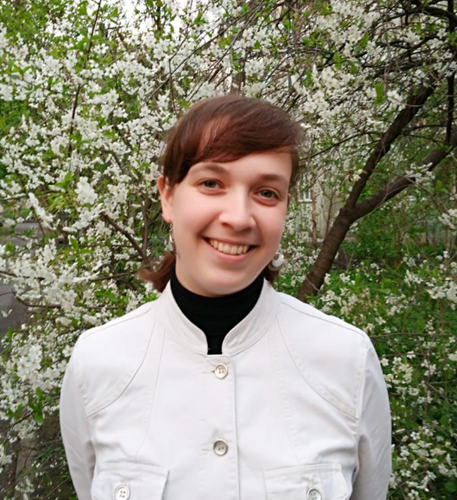Why have we seen an increase in reports of auroras lately? Photos and videos of this spectacular phenomenon are increasingly covering the Internet, and not only from the circumpolar regions of the planet, but also from the middle latitudes, in particular – from Ukraine.
Deeply shaken by the geomagnetic storm that developed on May 10-11, 2024, and provided polar lights at least as far south as 18°S, we’re keeping a close eye on space weather. From time to time we can find photos of the faint aurora borealis taken by photographers from different oblasts of Ukraine.
Particularly bright were the images of the aurora borealis on August 11-13, decorated with the Perseids meteors, which peaked on the same days.
But how does it happen that we now observe auroras so often? Because this phenomenon is not typical for Ukraine! It is more likely to be associated with Finland, Norway or Canada. Several factors influence this, which can be divided into 2 groups: physical and social.
Physical factors
1. The magnetic poles of the Earth change their position. Magnetic poles of our planet don’t coincide with geographical poles. And the position of the so-called auroral oval depends on their location. In contrast to the static geographic pole, the magnetic pole of the planet tends to gradually change its position – to drift. Magnetic pole drift is a fairly typical phenomenon, but usually their location fluctuates near the same position over time. Over the last three decades, an anomalously fast drift of the Earth’s north magnetic pole has been observed from the side of Canada toward Asia, that is, closer to us. Consequently, our magnetic latitude is gradually increasing. In turn, this means that we are getting closer and closer to the auroral oval, and have more and more chances to see the aurora borealis.
2. High solar activity. The frequency of aurora borealis appearance directly depends on solar activity. The Sun is now showing activity close to its peak in the current 25th cycle. A huge number of groups of spots are observed, and some of them can be so large that they can be seen with the naked eye through a special dense filter. In turn, such groups of spots are, in some sense, “risk zones”. This is where the magnetic force lines are deformed and switched, accompanied by powerful flares (sudden release of energy mainly in the form of X-rays) and the tearing off of large-scale clouds of solar plasma, which we know as coronal mass ejections of the Sun, or CMEs. Reaching the Earth, the solar plasma, surrounded by a magnetic field, interacts with the planet’s magnetic field and atmosphere, exciting molecules and individual atoms of nitrogen and oxygen: electrons fall to higher energy levels. But this state of molecules and atoms is unstable. When electrons spontaneously return to their normal levels, radiation at one wavelength or another occurs, and this is what we see as the aurora borealis.
Consequently, as solar activity increases, the frequency of polar lights also increases. But the current cycle of activity is far from the first, and it should have been about the same during the past peak. How is it possible that there are so many reports and photos of auroras right now, much more than in past cycles? Social factors come into play.
Social factors
1. Space weather attention and information spreading. High solar activity and auroras in May attracted public attention. As with any rare or atypical phenomenon, the aurora borealis is widely covered by the media and social media. In turn, the spread in social networks (compared to past peak activity), their increased popularity in recent years, and the acceleration of information, are leading more people to respond quickly to alerts. Particularly on reports of a geomagnetic storm and the probable coming of the aurora borealis. This encourages people to pay more attention to the events in the sky, as well as taking photos and sharing them on social media, making the phenomenon even more popular. In addition, there are now quite a lot of websites where you can track different space weather factors, as well as apps that promptly report information about the possibility of aurora borealis in your area in the near future.
2. Increase in the level of hardware for fixation. Compared to last year’s solar maximum in 2014, the camera levels in almost everyone’s smartphones have increased significantly. They have become more sensitive, the resolution has increased, and we have more settings. In particular, it is possible to set longer exposures on some models, or even a special mode for shooting the night sky. Therefore, even if aurora borealis echoes are not visible visually, a long exposure will help to capture them photographically.
It is now impossible to say for sure whether solar activity has actually reached its peak. Probably not, as forecasts suggest the peak should come this autumn. It is also worth noting that the probability of seeing auroras at mid-latitudes slightly increases close to the equinox. Therefore, it’s possible that another space show awaits us in September-October.


